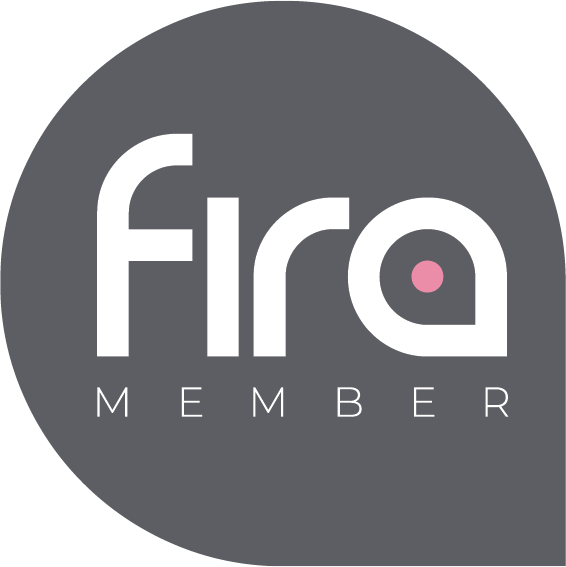Simplifying RTLS System Cost Evaluation
In the world of Real-Time Location Systems (RTLS), calculating the Total Cost of Ownership (TCO) can be a confusing task. However, with Noccela’s approach, understanding and evaluating the TCO of an RTLS system is remarkably straightforward and efficient.
Breaking Down the Formula
The TCO of an RTLS system is determined by three key components: hardware cost, installation cost, and license fee. Let’s delve into each component to grasp the simplicity Noccela brings to the equation.
Hardware Cost
The hardware cost includes anchor antennas and tracking tags. Anchors are vital for accurate tracking, and their cost is based on the number required. Here’s where Noccela’s innovation shines: the number of anchors is influenced by the location algorithm’s performance. Better performance means fewer anchors are needed, ultimately reducing hardware costs.
Installation Cost
Installing anchors is a significant aspect of RTLS implementation. The installation cost is directly linked to the number of anchors needed. It encompasses both labor and material costs. Noccela’s efficiency translates into lower installation costs due to the reduced number of anchors required.
License Fee
The cost extends to the software and data side of services. While a license fee is a standard element, it is flexible in the form of one-off and continuous costs.
Noccela’s Game-Changing Model
Noccela’s revolutionary per sqm pricing model redefines the way RTLS TCO is approached. Instead of fixating on the number of anchors, Noccela invites partners to inquire about the TCO. This shift empowers decision-makers to focus on the crucial aspect: performance. Noccela’s superior location algorithm guarantees exceptional results, rendering the number of anchors an afterthought.
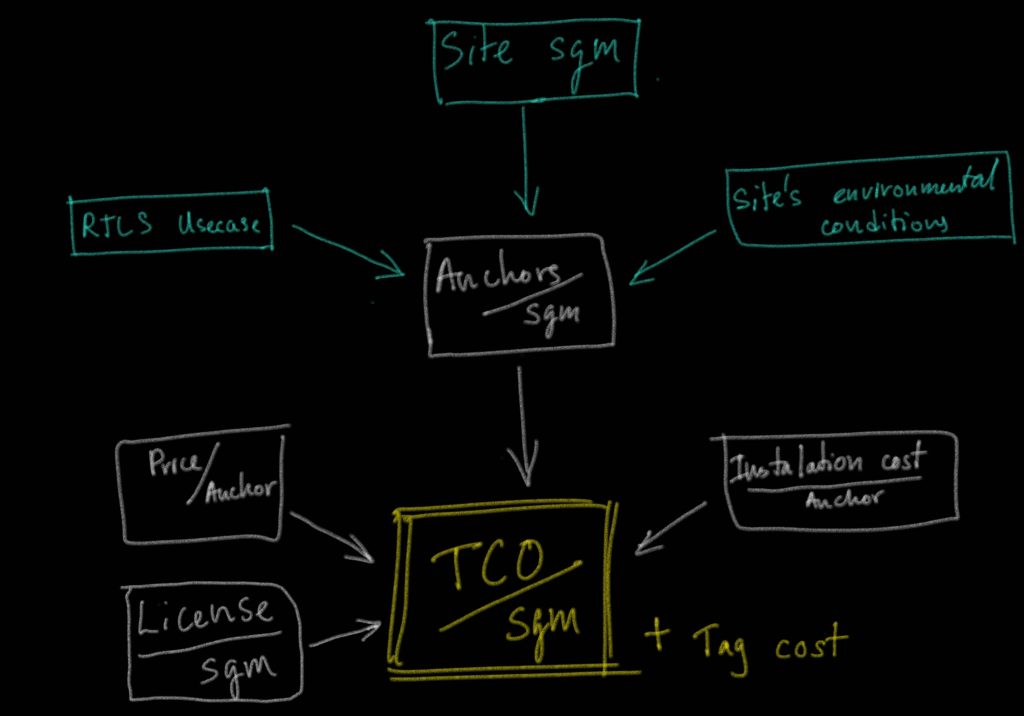


Noccela and Qorvo: Pioneering UWB Innovations at CES 2024
As Noccela and Qorvo Inc. continue to push the boundaries of UWB-based RTLS systems, CES 2024 serves as a platform to showcase their achievements and demonstrate the transformative potential of their collaboration. From smartphone-based indoor navigation to real-time asset tracking and touchless security solutions, Noccela’s innovative offerings are poised to reshape industries and elevate user experiences. Don’t miss the chance to be part of this technological revolution – visit booth #53509 at the Venetian and witness the future of UWB technology.







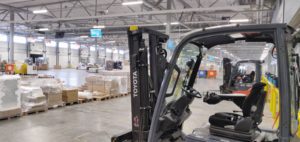

Actualising Hybrid RTLS
The Synergy of Multiple Radio Technologies in Modern Material, Product, and Asset Tracking







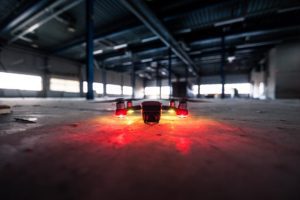

Revolutionizing Industrial Inspection Drones with UWB-Based RTLS
In today’s fast-paced industrial landscape, the demand for efficient and accurate inspection processes is higher than ever. The convergence of cutting-edge technologies has given rise to innovative solutions, and one such groundbreaking advancement is the Ultra-Wideband (UWB) based Real-Time Location System (RTLS). By combining UWB with inspection drones, industries can unlock a host of benefits that will revolutionize the way inspections are conducted, ensuring a higher level of precision, safety, and automation. In this blog post, we delve into how UWB-based RTLS can transform industrial inspection drones and elevate the overall inspection experience.







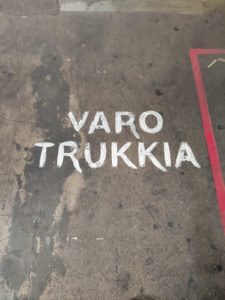

The next wave of digitalization
As the global sourcing chains have been disrupted by Covid and the war raging in Ukraine, industrial players seek ways to secure their supply of raw materials, components, and their own production. The rising cost of transportation has turned many make-or-buy, local-or-global calculations upside down. Europe and European companies now have a momentum that nobody saw coming to localize parts of their production and move operations closer to home.







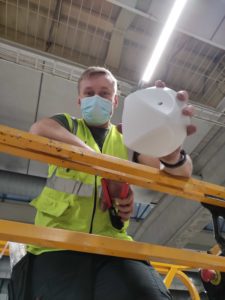

Sensory data, UWB, and modern industrial IoT
Noccela UWB radio-based IoT is favored by industrial experts for its technological edge, and the limitless possibilities and business potentials that follow.











